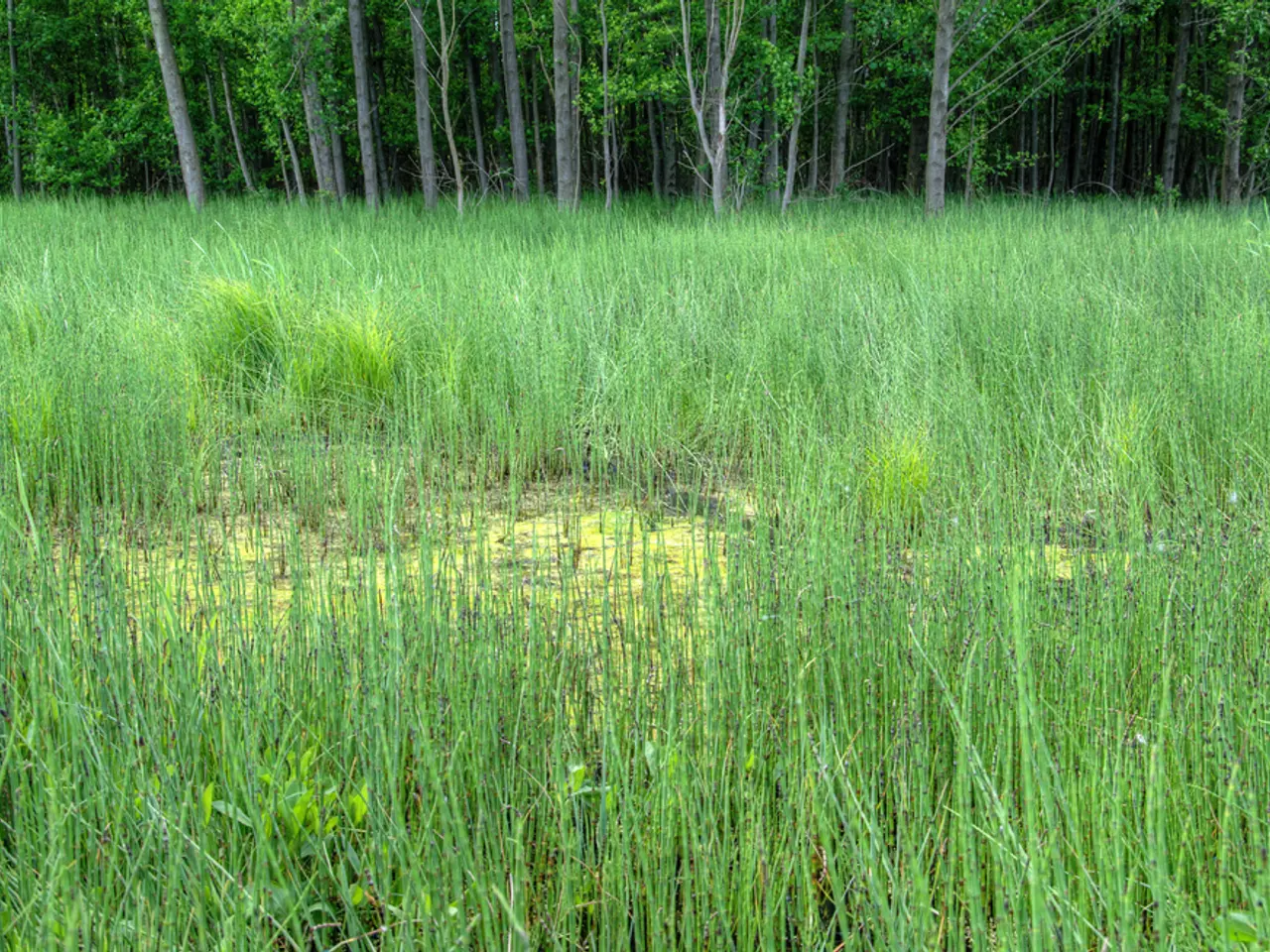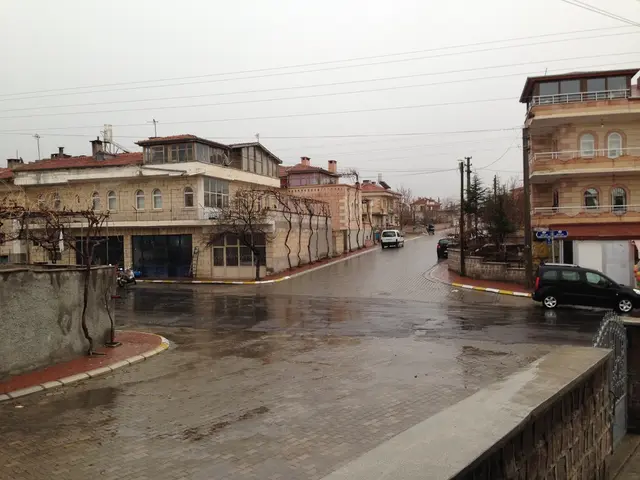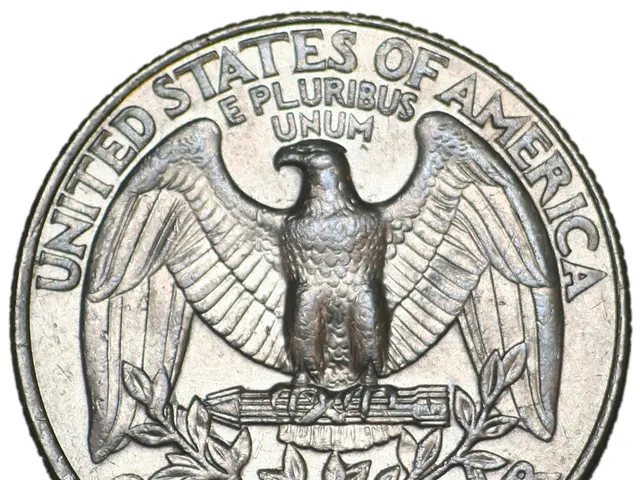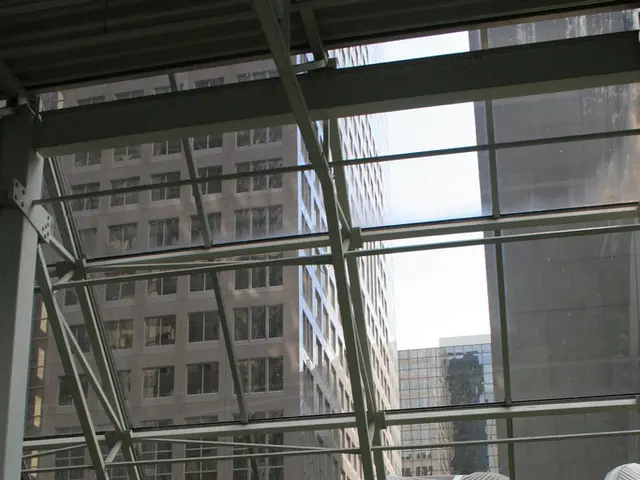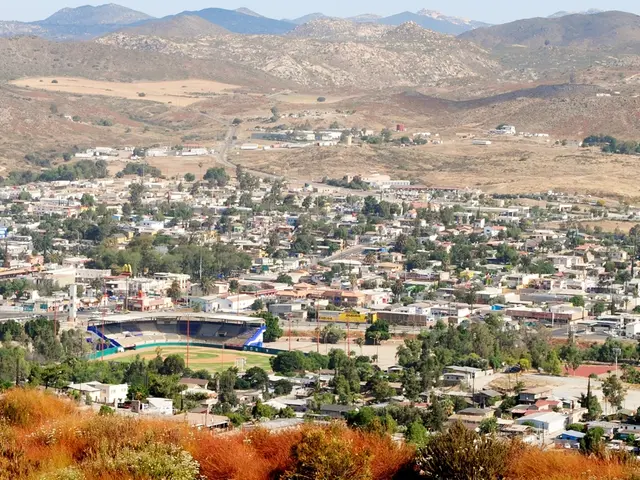EU Unveils New CAP: More Sustainable Farming, Less Harmonisation
The European Commission has unveiled its plans for the next Common Agricultural Policy (CAP), aiming to make farming more sustainable and efficient. The new CAP, set to begin in 2028, introduces significant changes, including limits on public funding and incentives for sustainable practices. However, it also raises concerns about the harmonisation of European agriculture and the future of climate and environmental funding in the European Union.
The Commission's plan introduces several key changes. It sets a maximum limit on public money per operation, decreasing payments for larger farms based on hectares. This aims to target funds better at farmers who need them most. However, this could lead to less harmonisation in European agriculture, as national governments will decide how much to invest in sustainability. This threatens the common goal of a European agriculture that functions in harmony with nature.
The new CAP also addresses environmental concerns. It eliminates dedicated climate and environmental funding, but recognises the impacts of intensive livestock farming. It proposes maximum livestock charges in Nitrate Vulnerable Zones and introduces norms to limit animal crowding in these areas. Incentives are provided for farms to adopt more extensive livestock production methods. This aligns with proposals from organisations like SEAE, which has called for a transition to a fairer, more resilient agricultural model in the European Union.
The EU's next seven-year budget, from 2028 to 2034, will be 2 trillion euros, representing 1.26% of the EU's Gross National Income (GNI). However, after deducting repayments from the NextGenerationEU plan, the net effective budget is reduced to 1.15%. This could impact the CAP's ability to drive significant change in the European Union.
Environmental groups like Greenpeace propose a transition to agroecology and extensive livestock farming in the European Union. They aim to reduce agricultural and livestock emissions by 95% by 2050, save 38% of land occupied in third countries, and increase employment in the agricultural sector by 50%. However, the future CAP's aid is set to decrease significantly, to below 300 billion euros, compared to the previous period's 386 billion in the European Union.
The new CAP aims to make farming more sustainable and efficient, with changes including limits on public funding and incentives for sustainable practices. However, it raises concerns about the harmonisation of European agriculture and the future of climate and environmental funding in the European Union. The future of the CAP will be crucial in transforming the agricultural model into one that is fairer and more resilient to climate, biodiversity, and pollution crises in the European Union. Political will from each state will be key in guaranteeing decent labor conditions and true social justice in the European Union.
